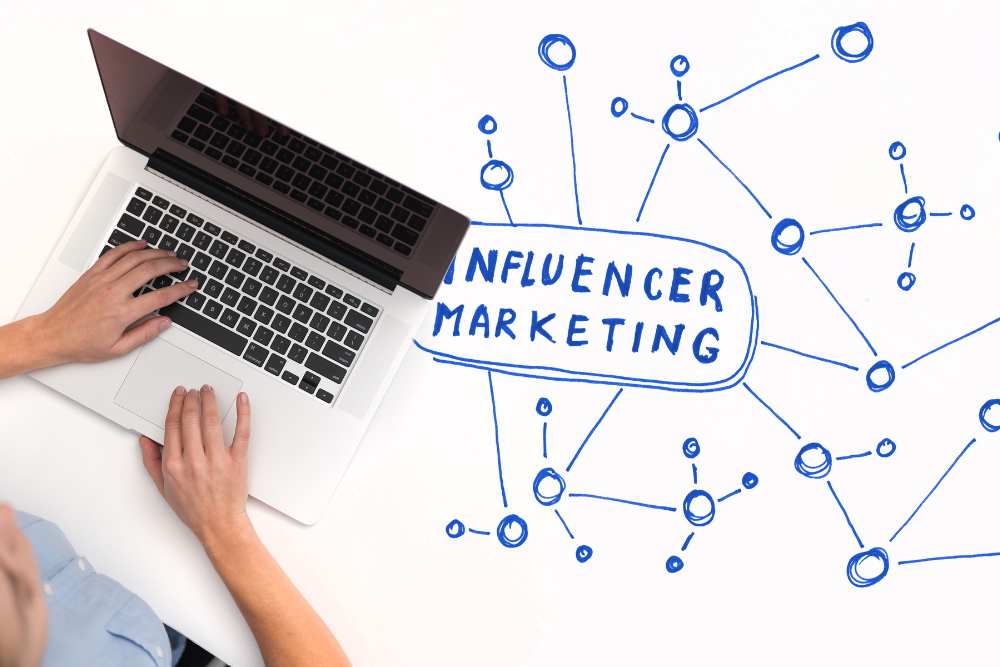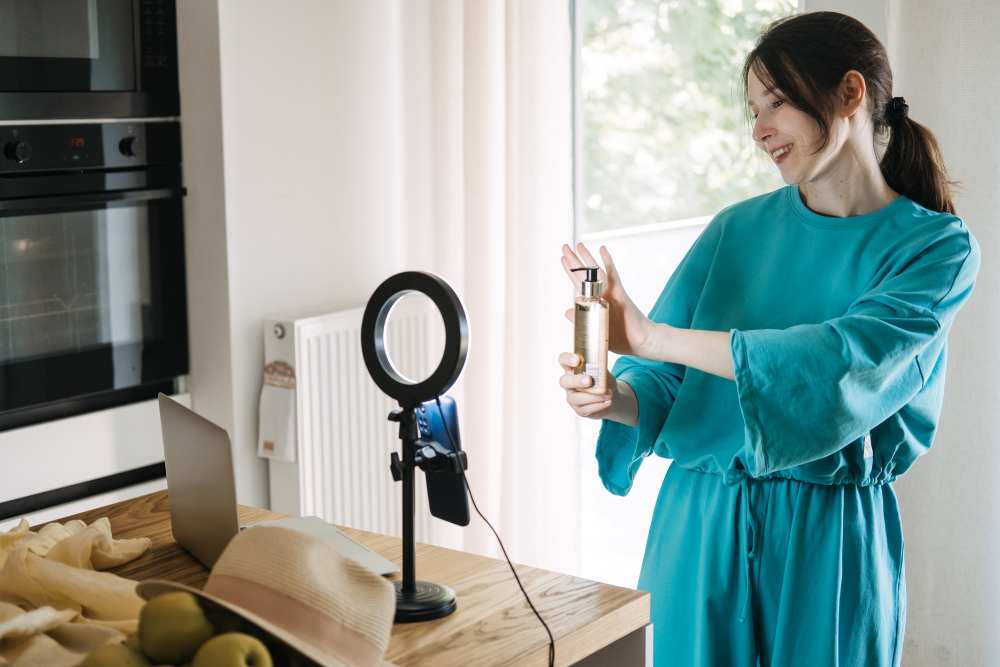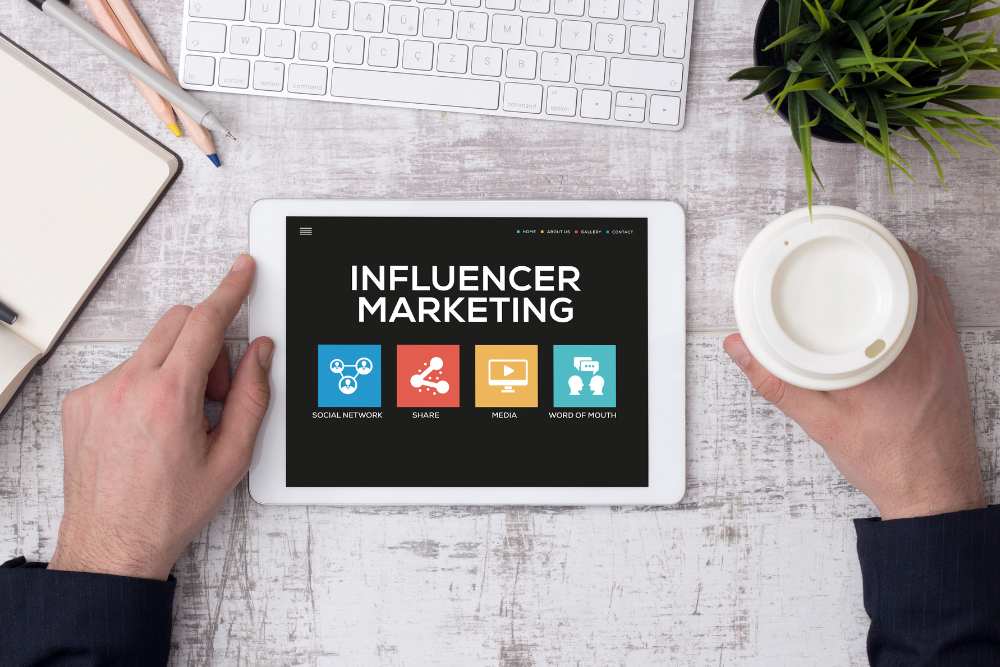Influencer marketing has become one of the most effective ways to build brand awareness, generate engagement, and drive sales. Instagram is one of the largest platforms to share information and grow a brand.
Time and time again we see many brands investing heavily in influencer partnerships only to see little to no return on investment. If your influencer marketing campaign isn’t delivering results, don’t worry—you’re not alone. Piccolo PR can help to steer your brand in the right direction to yield strong brand awareness and notoriety.
So, Why Do Influencer Campaigns Generally Fail?
There is a reason why influencer marketing may fail. However, the most common reason includes poor strategy, misaligned partnerships, and weak measurement of ROI. This guide will break down the biggest influencer marketing mistakes and how to select the right influencer to create the best influencer marketing strategies for your brand.
One of the most common influencer marketing mistakes is selecting influencers with a tunnel vision that number of followers will build your business. While a large following may seem appealing, it doesn’t necessarily translate into engagement or conversions. Ensuring the influencer’s audience matches your target demographic is crucial.
The influencer’s content should align with your brand’s values and aesthetics. If their audience perceives the partnership as inauthentic, it won’t resonate and fall on deaf ears. If you’re a brand selling eco-friendly baby products, for example, collaborating with a fashion influencer with no parenting content doesn’t really match. In this day of digital power, a micro-influencer with a highly engaged community can drive more conversions than a celebrity with millions of passive followers.
Influencer – Digital Hygiene
‘Digital hygiene’ is also incredibly important. Taking the time to review previous sponsored content is also essential. If an influencer promotes a different product every day without genuine enthusiasm, their audience may not trust their recommendations.
Why influencer marketing fails often comes down to a lack of direction and briefing. Simply asking an influencer to promote your product without a strategic approach leads to wasted resources. Setting clear objectives is necessary to determine whether you want to drive awareness, website traffic, engagement, or sales. Your goal will dictate the type of content and influencer you need. Defining key messaging ensures influencers communicate your brand’s unique value in a way that resonates with their audience. Choosing the right platforms is equally important, as different platforms serve different purposes.
Which Social Media Platforms Are Right for Your Brand?
As a general rule—TikTok and Instagram Reels work well for short-form content, while YouTube is great for in-depth reviews. Creating a content framework rather than giving influencers rigid scripts allows for more authentic content that speaks to their followers. Best to remember that their primary objective is to create content—and they know which style best fits their audience.
Many brands struggle to track the success of influencer marketing campaigns, leading to uncertainty about whether the investment was worthwhile. Measuring ROI properly is essential. Engagement metrics such as likes, comments, shares, and saves are more valuable indicators than just impressions. Click-through rates help track how many people are clicking on links in bio, stories, or swipe-ups.
Conversion rates can be measured using unique discount codes or affiliate links to track direct sales from influencer collaborations. Brand sentiment analysis can also provide insights into how audiences are responding to influencer-led discussions about your brand.
Engaging Smart Audiences
Audiences today are highly perceptive, and they can tell when an influencer is promoting a product purely for financial gain. When collaborations feel forced or unnatural, they can harm both the influencer’s credibility and the brand’s reputation. It is therefore incredibly important to build trust, as influencer marketing requires long-term partnerships instead of one-off sponsored posts. Ongoing collaborations feel more authentic and foster stronger trust. Encouraging personal storytelling allows influencers to share personal experiences with your product, making testimonials more relatable.
Micro vs. Macro: Choosing the Best Fit for Your Brand
Many brands focus on macro-influencers and celebrities, thinking that more followers mean more reach. However, micro-influencers and even nano-influencers often have stronger connections with their audiences.
Micro-influencers tend to have higher engagement rates, and their followers are highly targeted, making them ideal for brands looking to reach a specific audience. They are also more affordable, allowing brands to work with multiple influencers for the same budget.
Another reason influencer marketing fails is ineffective communication between brands and influencers. If expectations aren’t clear, results will likely fall short. It’s therefore super important to establish clear expectations by outlining deliverables, timelines, and messaging upfront which helps ensure alignment. Providing creative freedom is also essential, as influencers know their audience best. Giving them the flexibility to present your brand in a way that feels natural will produce better results. Offering support by sharing brand assets, guidelines, and information will help influencers create the best possible content.
Check Out: Why Is No One Talking About Your Brand?
Harnessing the Power of UGC
One of the best influencer marketing strategies involves leveraging influencer content beyond the initial post. Maximizing ROI by repurposing influencer content can be highly effective, while reposting influencer-generated content on brand social media pages enhances credibility.
High-performing influencer content can be converted into ad creatives to boost conversions. Featuring testimonials and reviews from influencers on product pages can further build trust and encourage sales.
Execution is Key
Influencer marketing can be a game-changer, but only if executed correctly. Avoiding common influencer marketing mistakes—such as choosing the wrong influencers, lacking strategy, or failing to measure ROI—can help you achieve real, measurable results.
By focusing on authenticity, audience alignment, and data-driven decisions, you can create the best influencer marketing strategies to drive brand awareness, engagement, and sales. If your influencer marketing campaign is underperforming, we recommend evaluating your strategy with these tips to improve your results.
Also Read – Key Metrics for Evaluating the Impact of PR Campaigns
Case Study:
It’s important to note that relationships are fundamental when carrying the key messages of a product. Piccolo PR fosters ties with a broad range of micro- macro influencers, both locally and abroad.
Shhh Silk: PR Campaign Overview
The primary objective of the campaign was to elevate Shhh Silk’s brand awareness internationally, by positioning it as a premium and must-have luxury sleep brand. This involved increasing product visibility, establishing credibility within the beauty, fashion, and lifestyle industries, and driving consumer engagement. Additionally, the campaign aimed to reinforce the brand’s core values—quality, comfort, and wellness—by aligning with influential personalities and trusted media voices.
Challenges
Shhh Silk faced the challenge of differentiating itself in the competitive luxury sleepwear and silk accessories market. As a relatively niche brand, gaining traction among international audiences and securing authentic endorsements from high-profile influencers required a strategic and well-executed PR approach. Another challenge was ensuring that influencer partnerships translated into tangible brand growth, such as increased website traffic, product demand, and media coverage.
Strategy & Execution
To achieve these objectives, Piccolo PR executed a multi-faceted influencer marketing and media relations strategy:
- Influencers and partnerships: A key focus was identifying and collaborating with influencers who embodied Shhh Silk’s brand ethos. This included beauty and haircare experts, fashion and lifestyle influencers, and parenting personalities who could authentically integrate Shhh Silk into their content.
- Strategic Product Placements: By gifting silk pillowcases, sleep masks, sleepwear, and scrunchies to carefully selected influencers, the campaign generated organic exposure. The premium aesthetic and benefits of silk—such as improved hair and skin health—were highlighted through engaging visually striking UGC.
- High-Profile Endorsements: The power of influencer relationships propelled Shhh Silk into the global spotlight. Celebrities like Kim Kardashian, Hailey Bieber, Miley Cyrus, Selena Gomez, and Shay Mitchell were spotted using the brand’s products, reinforcing its credibility and desirability.
- Press and Media Outreach: Alongside influencer partnerships, Piccolo PR secured coverage in leading lifestyle, beauty, and fashion publications to further cement Shhh Silk’s position as a premium brand.
Measurable Outcomes
- Increased Brand Visibility: The campaign resulted in significant social media engagement, with influencer-generated content reaching millions of followers.
- Boosted Sales & Website Traffic: Following high-profile placements, Shhh Silk experienced a measurable uptick in website visits and product sales.
- International Recognition: The brand’s presence expanded beyond Australia, with increased consumer interest in key global markets, particularly in the U.S. and Europe.
By focusing on authenticity, strategic influencer alignment, and data-driven results, Piccolo PR successfully elevated Shhh Silk’s brand presence and positioned it as a globally recognised name in luxury sleep accessories.
Influencer marketing can be an incredibly powerful tool for building brand awareness, engagement, and sales, but it requires careful planning and execution. To avoid the common pitfalls that lead to underperformance, brands must align with the right influencers whose audience and values resonate with their own. Clear strategy, authentic partnerships, and a strong focus on measurable ROI are key to success. By leveraging micro-influencers, allowing creative freedom, and repurposing user-generated content, brands can maximize their impact. With the right approach, influencer marketing can drive long-term growth, and Piccolo PR is here to help brands navigate this space and achieve real, measurable results.








